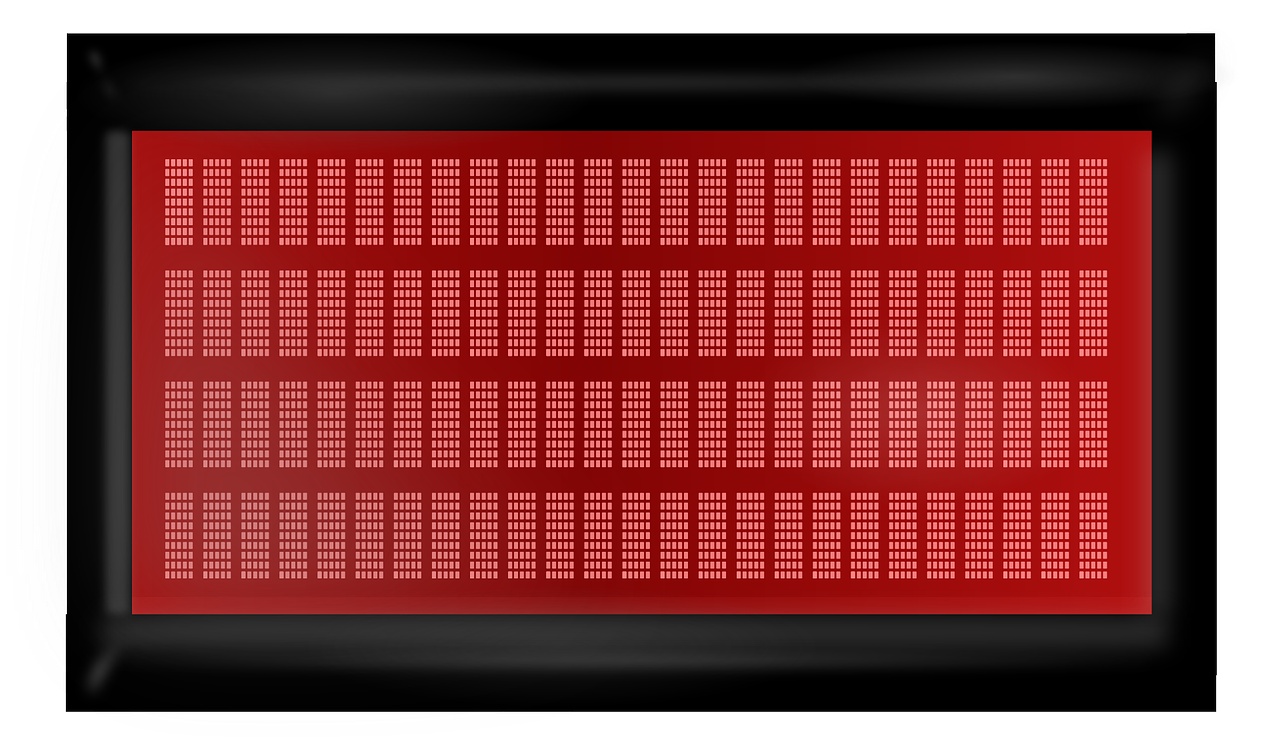In recent years, both red light and infrared therapy have garnered significant attention in the world of health and wellness. These non-invasive treatments are celebrated for their potential to promote healing, reduce inflammation, and even enhance overall well-being.
Despite their growing popularity, there remains a considerable amount of confusion surrounding the distinct benefits and applications of each therapy. Let’s delve into the unique characteristics of red light and infrared therapy, exploring how they work, their benefits, and the key differences between them. Keep reading!

Primary Uses
Red light therapy, often delivered through specialized products like LED panels and handheld devices, focuses on using specific wavelengths of red light to penetrate the skin. This therapy is primarily used to stimulate collagen production, which can help combat signs of aging, improve skin tone, and reduce the appearance of scars. You can find red light therapy panels aimed at targeting the face, body, and even specific areas such as hands or knees. On the other hand, infrared therapy involves using longer wavelengths of light that penetrate deeper into the body. This makes it an effective option for treating muscle pain and inflammation, accelerating wound healing, and promoting relaxation. Infrared saunas are a popular method of delivering this therapy, but it can also be achieved through specialized lamps or pads.
Wavelengths
One of the most notable differences between red light and infrared therapy lies in the wavelengths of light they use. Red light therapy typically employs wavelengths ranging from 620 to 750 nanometres. These wavelengths are absorbed by the skin and superficial tissues, where they boost cellular activity and enhance the skin’s appearance.
Infrared therapy utilizes wavelengths ranging from 700 nanometres to 1 millimeter. These longer wavelengths penetrate deeper into the body, reaching muscles, joints, and even bones, making them particularly effective for alleviating chronic pain and enhancing recovery from injuries.
Mechanisms of Action
Red light therapy primarily acts by stimulating the production of ATP (adenosine triphosphate) in the mitochondria, the powerhouse of the cell. This increase in ATP production accelerates cellular repair processes and promotes the regeneration of damaged tissues. Additionally, red light therapy boosts blood circulation, which can improve skin health and promote quicker healing of wounds and scars.
Infrared therapy generates heat that dilates blood vessels, enhancing blood flow and delivering more oxygen and nutrients to injured tissues. This thermal effect helps to relax muscles, reduce stiffness, and alleviate pain, aiding in the rehabilitation of injuries and chronic conditions.
Penetration Depth
The penetration depth of red light and infrared therapy varies significantly due to the differences in their wavelengths. Red light therapy, with its shorter wavelengths, typically penetrates up to 10 millimeters into the skin. This makes it highly effective for treating surface-level skin conditions such as fine lines, wrinkles, and superficial wounds.
By contrast, infrared therapy can penetrate much deeper into the body, reaching depths of up to 30-40 millimeters or more. This deep penetration allows it to target underlying tissues, such as muscles, joints, and even bones, an excellent choice for addressing deeper-seated issues like chronic muscle pain, joint inflammation, and more severe injuries.
Considerations and Safety
When considering red light or infrared therapy, understand the safety and efficacy of each treatment. Generally, both therapies are considered safe and non-invasive, with minimal side effects when used appropriately. However, it’s important to follow manufacturer guidelines and consult with a healthcare professional, especially if you have underlying health conditions or are pregnant.
Red light therapy is usually well-tolerated but can cause mild side effects like eye strain if proper eye protection is not used during treatment. Infrared therapy’s primary safety consideration is avoiding excessive heat exposure, which can lead to burns or dehydration if not managed correctly, especially in settings like infrared saunas.
Treatment Time and Frequency
The required treatment time and frequency for red light and infrared therapy can vary based on the specific condition being treated and the intensity of the light source. For red light therapy, sessions often last between 10 to 20 minutes and can be performed several times per week. Some conditions, like skin rejuvenation, may require consistent treatments over several weeks to see significant results.
Infrared therapy sessions may also range from 15 to 30 minutes, with frequency adjustments depending on individual needs and the type of device used. For instance, infrared sauna sessions are typically recommended 2 to 4 times per week, whereas infrared heating pads or lamps might be used more frequently for shorter durations. Consulting with a healthcare provider can determine the optimal treatment plan for specific health goals.

Both red light and infrared therapy offer a multitude of health benefits, from skin improvement to pain relief and muscle recovery. Despite their similarities, you must understand the distinctive characteristics and applications of each therapy to maximize their effectiveness. Red light therapy is best suited for surface-level treatments, particularly for skin health and superficial healing, while infrared therapy excels in addressing deeper musculoskeletal issues and promoting relaxation through its deeper penetration and thermal effects.



